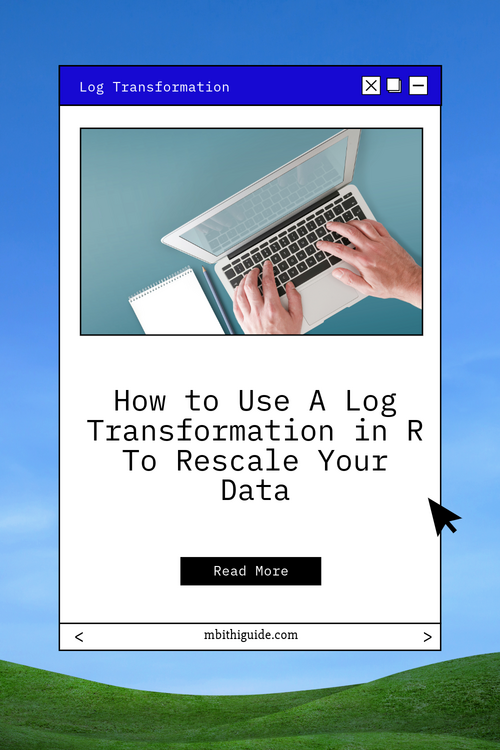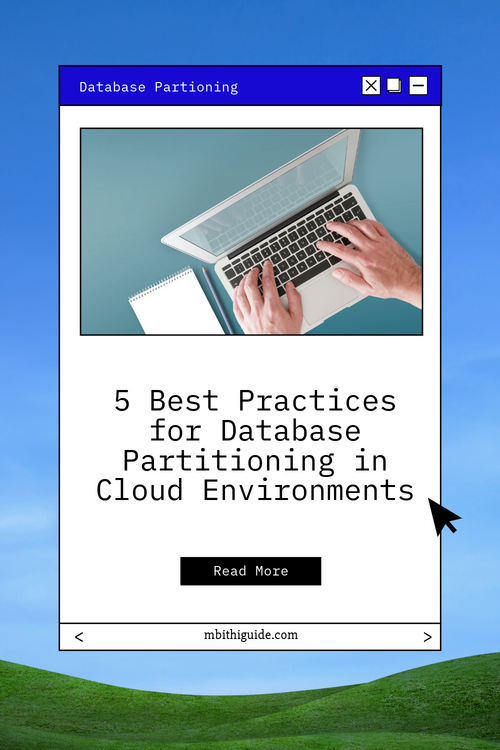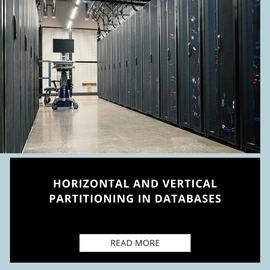Introduction
In today’s digital age, data is an invaluable resource for businesses seeking insights and making informed decisions. The ability to gather and analyze data has become an essential component of business intelligence, with the potential to uncover patterns, trends, and opportunities that would otherwise go unnoticed.
However, the sheer volume of data available to organizations can be overwhelming, leading to questions about which data is most valuable for business intelligence: big data or small data?
While big data has gained much attention in recent years, small data still holds its unique value.
In this article, we’ll explore the benefits and challenges of big and small data for business intelligence and compare the two to determine which is more valuable.
Whether you’re a data analyst, business owner, or simply curious about the role of data in business, this article will provide valuable insights into the world of big and small data.
The Benefits and Challenges of Big Data
“Big data” refers to large volumes of structured or unstructured data that are too complex to be processed using traditional data processing methods.
Big data typically involves diverse data sources, such as social media platforms, weblogs, and sensor data, and is often characterized by the “3Vs”: volume, velocity, and variety. While big data presents significant opportunities for business intelligence, it also comes with a set of challenges.
One of the main benefits of big data is that it allows businesses to gain insights into consumer behavior and preferences at a granular level.
By analyzing large datasets, businesses can identify patterns and trends that may not be apparent when analyzing smaller datasets. This information can be used to develop more targeted marketing strategies, improve product development, and make informed business decisions.
However, managing and analyzing big data can be a significant challenge. One of the main challenges is processing speed, as large datasets can take a long time to analyze using traditional processing methods.
Additionally, big data often requires specialized skills and tools to extract insights effectively, which can be costly and time-consuming to implement.
Despite these challenges, big data plays a significant role in business intelligence. With the rise of artificial intelligence and machine learning, businesses are finding new and innovative ways to analyze large datasets to gain insights and make informed decisions.
As such, businesses need to understand the benefits and challenges of big data to leverage its potential effectively.
Examples of big data in business intelligence
1. Social Media Analytics: Social media platforms generate a massive amount of data every day, including user engagement, sentiment analysis, and demographic information.
Analyzing this data can give businesses insights into consumer behavior and preferences, allowing them to develop more targeted marketing strategies.
2. Supply Chain Management: Big data can be used to optimize supply chain management by analyzing large datasets related to shipping and logistics.
By analyzing data on transportation routes, weather patterns, and delivery times, businesses can identify opportunities to streamline their supply chain processes and reduce costs.
3. Fraud Detection: Financial institutions use big data to detect fraudulent activity by analyzing large volumes of transaction data.
By identifying patterns and anomalies in transaction data, businesses can detect potential instances of fraud and take appropriate action.
4. Healthcare: Big data is also used in the healthcare industry to improve patient outcomes and develop more effective treatments.
Healthcare providers can identify patterns and trends that inform treatment decisions by analyzing large datasets related to patient health, treatment outcomes, and medical research.
5. eCommerce: eCommerce businesses use big data to gain insights into customer behavior and preferences, such as purchase history, search queries, and demographic data.
This information can be used to develop personalized product recommendations, improve website design, and optimize pricing strategies.

The Benefits and Challenges of Small Data
While big data has dominated discussions around data-driven decision-making, small data still holds significant business value.
Small data refers to easily manageable datasets, often consisting of a small number of variables and observations. Small data can provide businesses with valuable insights and opportunities despite their size.
One of the primary benefits of small data is its ease of use. Small data is often more accessible and easier to analyze than big data, requiring fewer resources and specialized skills. T
his accessibility allows businesses to quickly identify trends and insights that can inform decision-making without the need for complex data processing tools.
Another benefit of small data is its reliability. With small datasets, businesses can often ensure the accuracy and completeness of the data, reducing the risk of errors and inaccuracies in analysis.
Additionally, small datasets can provide a more detailed view of specific market segments, allowing businesses to develop targeted strategies that meet the needs of specific customer segments.
However, there are also challenges associated with small data. One of the main challenges is the risk of bias. Small datasets may not represent the broader population, leading to inaccurate conclusions or biased analysis.
Additionally, small datasets may not capture all relevant variables, limiting the scope of analysis and potentially leading to incomplete insights.
Despite these challenges, small data remains a valuable tool for businesses seeking insights and making data-driven decisions.
By combining small data with other sources of information, such as expert knowledge or industry reports, businesses can develop a more comprehensive view of the market and make informed decisions that drive growth and success.
Examples of small data in business intelligence
1. Customer Feedback: Customer feedback is a valuable source of small data businesses can use to improve their products and services.
Businesses can identify common issues by analyzing customer feedback through surveys, reviews, and social media and develop solutions that meet customer needs.
2. Sales Data: Sales data is another example of small data businesses can use to make informed decisions.
By analyzing sales data, businesses can identify patterns and trends in customer behavior, such as peak buying times, popular products, and customer demographics.
3. Website Analytics: Website analytics provide businesses with small data related to website traffic, user engagement, and conversion rates.
By analyzing this data, businesses can identify areas for improvement in website design and user experience to optimize conversion rates and improve customer engagement.
4. Product Testing: Small data can be collected through product testing, such as focus groups or user testing.
This data gives businesses valuable insights into how customers interact with their products, allowing them to make informed product design and marketing decisions.
5. Local Market Data: Small data related to local markets, such as population demographics, consumer preferences, and economic indicators, can help businesses develop targeted strategies that meet the needs of specific geographic regions.
These are just a few examples of how small data can be used in business intelligence. By leveraging small data alongside other sources of information, businesses can develop a complete understanding of their customers and markets, leading to more informed and effective decision-making.
Choosing the Right Approach: Big Data vs. Small Data
While both big and small data can provide businesses with valuable insights, choosing the right approach depends on the specific needs and goals of the organization.
Here are some considerations to keep in mind when deciding whether to use big data or small data:
1. Data Quality: One of the key considerations when choosing between big data and small data is the quality of the data. Big data often involve large, complex datasets that require significant cleaning and processing before being used effectively. Small data, on the other hand, is typically more manageable and easier to ensure data quality.
2. Resource Availability: Another consideration is the resources available to the organization. Big data often requires specialized tools and expertise, which can be expensive and time-consuming. Small data, on the other hand, may require fewer resources and can be analyzed using more readily available tools.
3. Business Goals: The organization’s specific goals should also be considered when deciding between big data and small data. If the goal is to identify broad trends and patterns in the market, big data may be the better choice. Small data may be more appropriate if the goal is to gain insights into specific customer segments or product lines.
4. Timeframe: The timeframe for decision-making is also an important consideration. Big data analysis can be time-consuming, requiring significant processing and analysis. Small data, on the other hand, can be analyzed more quickly and may provide more timely insights.
Ultimately, the decision to use big data or small data will depend on the specific needs and goals of the organization.
By considering data quality, resource availability, business goals, and timeframe, businesses can choose the approach that will provide the most valuable insights and drive the most effective decision-making.
| Big Data | Small Data | |
| Size | Large datasets with high volume, velocity, and variety | Small datasets with low to moderate volume and variety |
| Processing | Requires specialized tools and expertise | Can be analyzed using more readily available tools |
| Complexity | Often requires significant cleaning and processing | Typically easier to manage and analyze |
| Insights | Can identify broad trends and patterns in the market | Provides more detailed insights into specific areas |
| Accuracy | It may contain errors and inaccuracies due to its size and complexity | More reliable and easier to ensure accuracy |
| Bias | It may contain bias due to incomplete or non-representative data | Less risk of bias due to more complete and representative data |
This table provides a general comparison between big and small data, but it’s important to note that there may be overlap and variation between the two.
The decision to use one approach over the other will depend on the specific needs and goals of the organization.
Conclusion
Big and small data can provide businesses with valuable insights for decision-making in business intelligence. Big data offers the advantage of identifying broad trends and patterns in the market, while small data provides more detailed insights into specific areas.
When deciding whether to use big or small data, it’s important to consider factors such as data quality, resource availability, business goals, and timeframe. By choosing the approach that best meets the needs and goals of the organization, businesses can make informed decisions and drive more effective strategies.
Regardless of the approach chosen, it’s clear that data is a critical component of modern business intelligence. With the right tools and expertise, businesses can harness the power of data to gain valuable insights, optimize processes, and drive growth and success.






